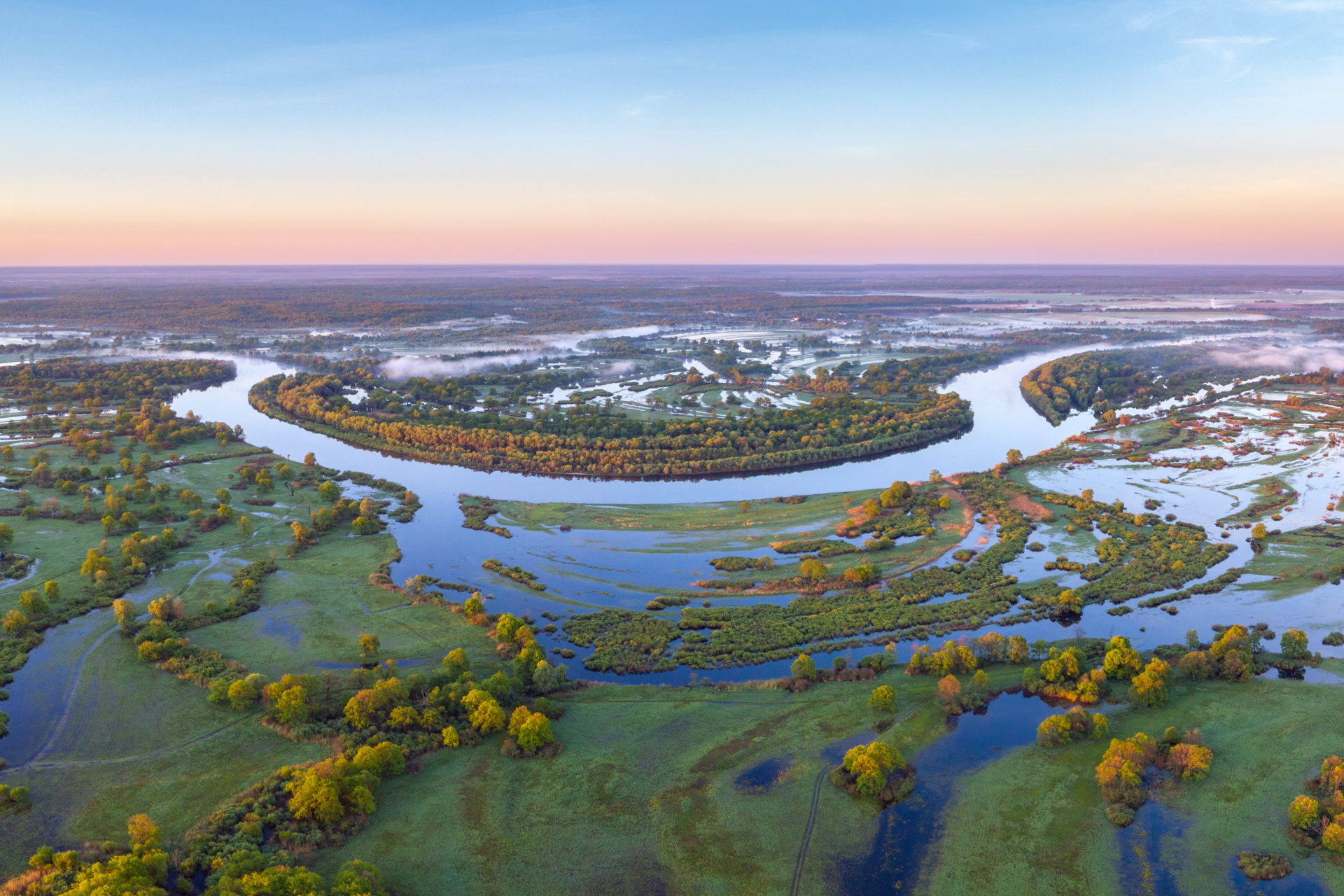
Polesia
Polesia – unique, wild, and untouched
Polesia is Europe’s Amazon. This stunning region, which straddles the borders of Poland, Belarus, Ukraine, and Russia, is the continent’s greatest intact floodplain region. Despite ongoing threats from climate change, hunting, logging, and mining, huge areas of Polesia remain pristine.
Full of life
Natural and wild rivers lie at Polesia’s heart – the Bug in Poland, Dnieper in Ukraine, and the 750 km-long Pripyat, one of Europe’s most pristine rivers. The altitude across the remarkable 186,000 km2 region never varies by more than 150 meters. Meandering rivers, tributaries, and oxbows shape a labyrinth of wetlands, peatlands, forests, islands, swamps, bogs, marshes, and lakes that are home to some of the most biodiverse and culturally rich parts of Europe. The floodplains also mitigate floods, clean air, and are a major carbon store. Polesia is home to local communities, whose culture and lifestyle are adapted to the extraordinary environment.
Data sources © pg-webstudio.de
An amazing biodiversity
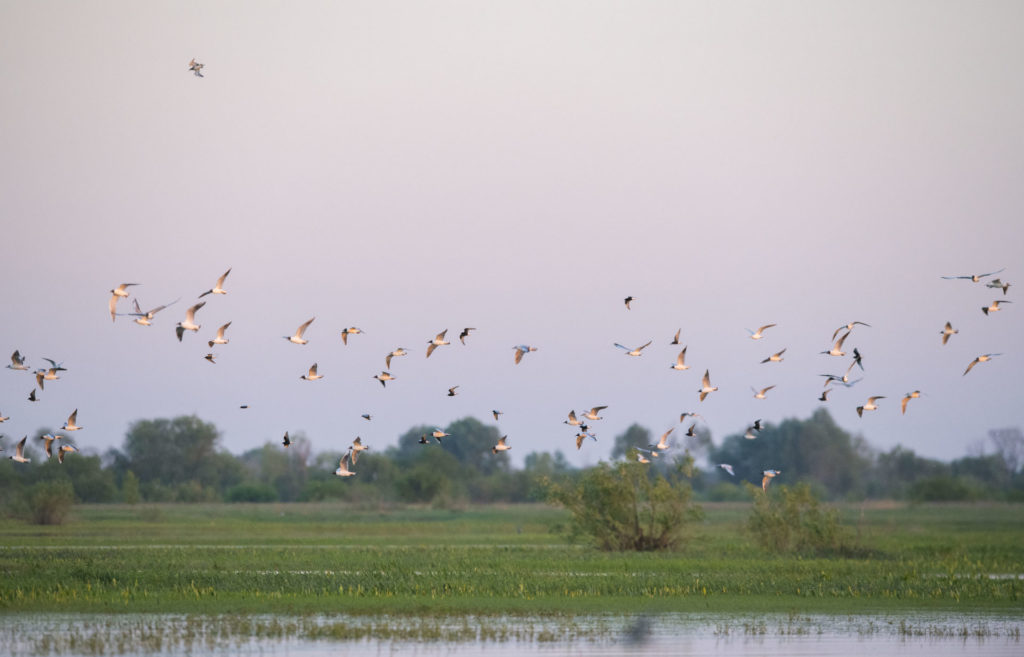
Polesia hosts a massive diversity of insects, amphibians, fish, birds, mammals, and plants, many globally endangered. The survival of many depends on this pristine landscape. It is one of Europe’s most important sites for migratory birds. In spring, millions of birds descend on Polesia to rest and refuel. Spring numbers of at least 150,000-200,000 Eurasian widgeons, 200,000-400,000 ruffs and 20,000-25,000 black-tailed godwits have been recorded in the Pripyat floodplains alone – to mention just a few stunning statistics. The area is also home to large mammals such as European bison, brown bears, grey wolves, and Eurasian lynx.
Protected areas of international importance
Polesia’s spectacular biodiversity is recognized internationally and thus, many areas are protected. Within Europe, Areas of Special Conservation Interest are protected through the Emerald Network, whose aim is to ensure the survival of species and habitats listed under the Bern Convention. In countries of the European Union, such conservation areas are designated as Natura 2000 sites and protected under EU Law.
Within Polesia, an impressive total area of 36, 016 km2 is protected in 153 Areas of Special Conservation Interest:
3,683 km2
Natura 2000 sites in Poland
12,641 km2
Emerald sites in Belarus
19,692 km2
Emerald sites in Ukraine
Read the factsheet “E40 waterway would destroy biodiversity hotspots and key protected areas”.
A haven for threatened species
Meet just a small selection of Polesia’s amazing native animals and plants:
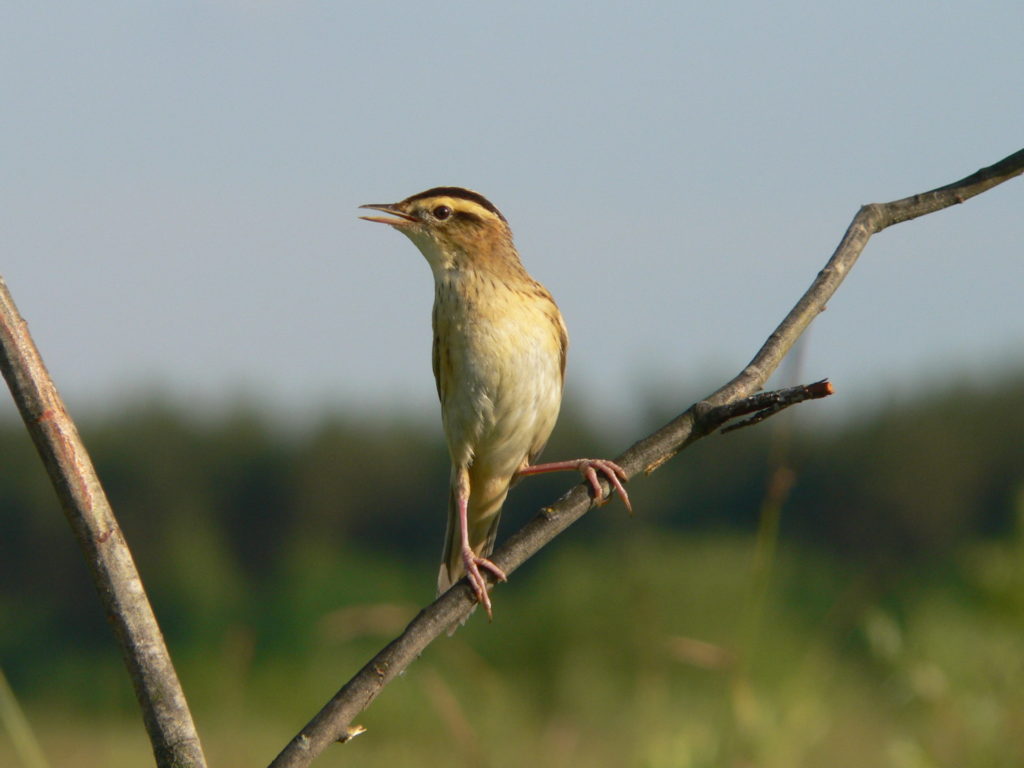
The aquatic warbler
The aquatic warbler is Europe’s rarest migratory songbird. They are globally threatened and their population is decreasing. This small songbird needs wetland areas to survive and thrive. Polesia hosts more than 60% of the world’s population of aquatic warblers and is an essential breeding ground for the species. In winter months aquatic warblers migrate to their winter home in West Africa.
© Daniel Rosengren/FZS
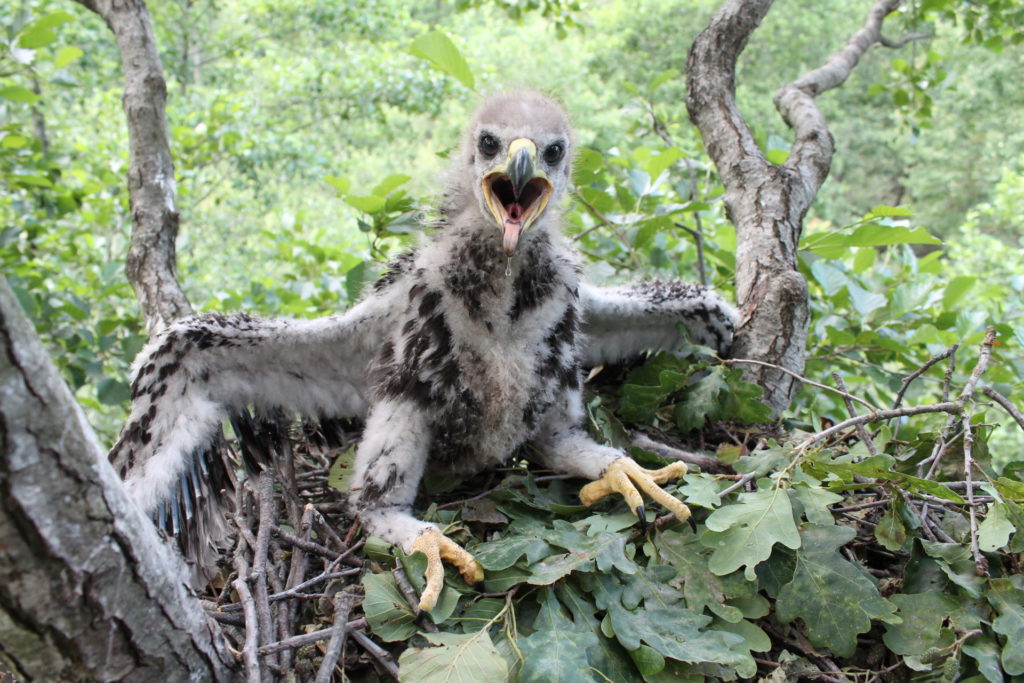
The Greater Spotted Eagle
The greater spotted eagle is listed by the International Union for the Conservation of Nature (IUCN) as vulnerable to extinction, primarily due to habitat degradation and loss. Polesia is a key breeding ground for the majestic birds. Every year, 80-90 percent of the Belarusian population (120-150 pairs) breed here. In winter, greater spotted eagles fly south to countries such as Greece, Turkey, Egypt, and Sudan.
© BirdLife International

The Giant Noctule Bat
The giant noctule bat is Europe’s largest bat, with a wingspan of up to 46cm. Despite there being no sightings in Belarus for more than 80 years, in 2016 scientists were stunned to rediscover the presence of giant noctule bats in a remote part of Belarusian Polesia. They are considered by IUCN to be vulnerable to extinction. Undisturbed natural forests are essential to their survival and their presence in Polesia is an indicator of how important the region’s wild landscapes are to wildlife.
© Markus Dietz
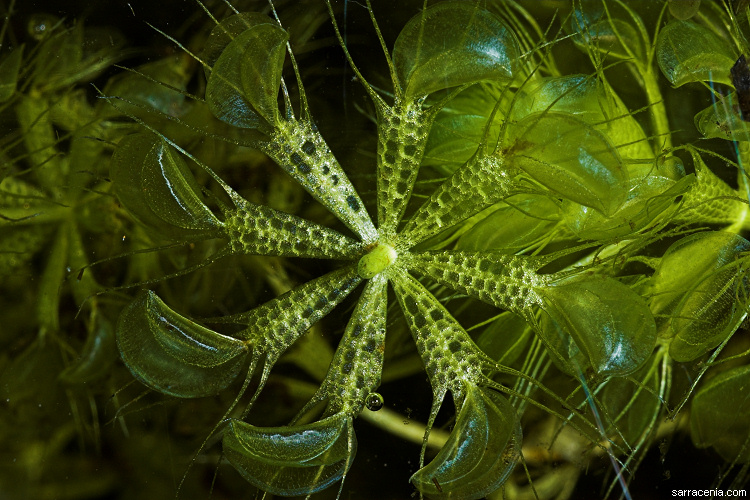
The waterwheel plant
The waterwheel plant is carnivorous. It grows snapping traps underwater to hunt small insects, fish and tadpoles. Around two thirds of all waterwheel plants can be found in the exclusion zone surrounding the Chernobyl nuclear accident site. They are listed as endangered by the IUCN, and their populations have been decimated globally by habitat loss.
A rich culture
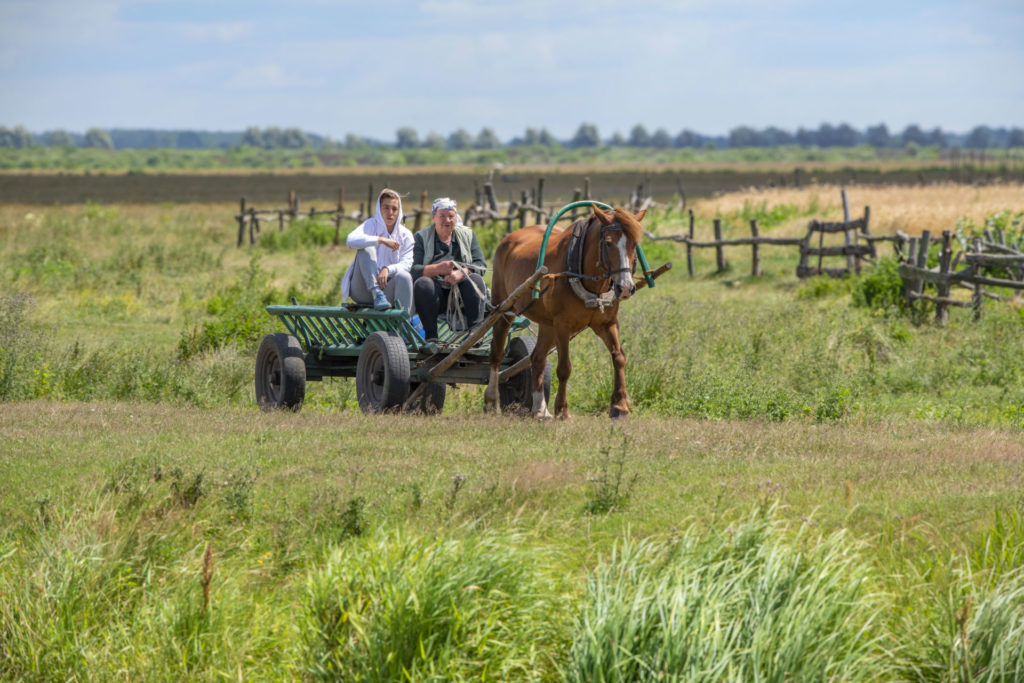
Polesia has a rich and unique cultural heritage. The waters and remoteness have shaped traditions, many of which remain today. These traditions, such as fashion, festive rites, food, medicine, singing, folklore, and wild honey farming, have been carefully passed down by the native Poleshuks for generations. There are around 100 architectural, historical, artistic, and archaeological heritage sites of state importance in Polesia. Every town and village has its own charm and individual character. Polesia is also home to distinctive wooden churches that have been nominated for inclusion on UNESCO’s world heritage list.
Read the factsheet “About Polesia – A unique wilderness of global importance”.

